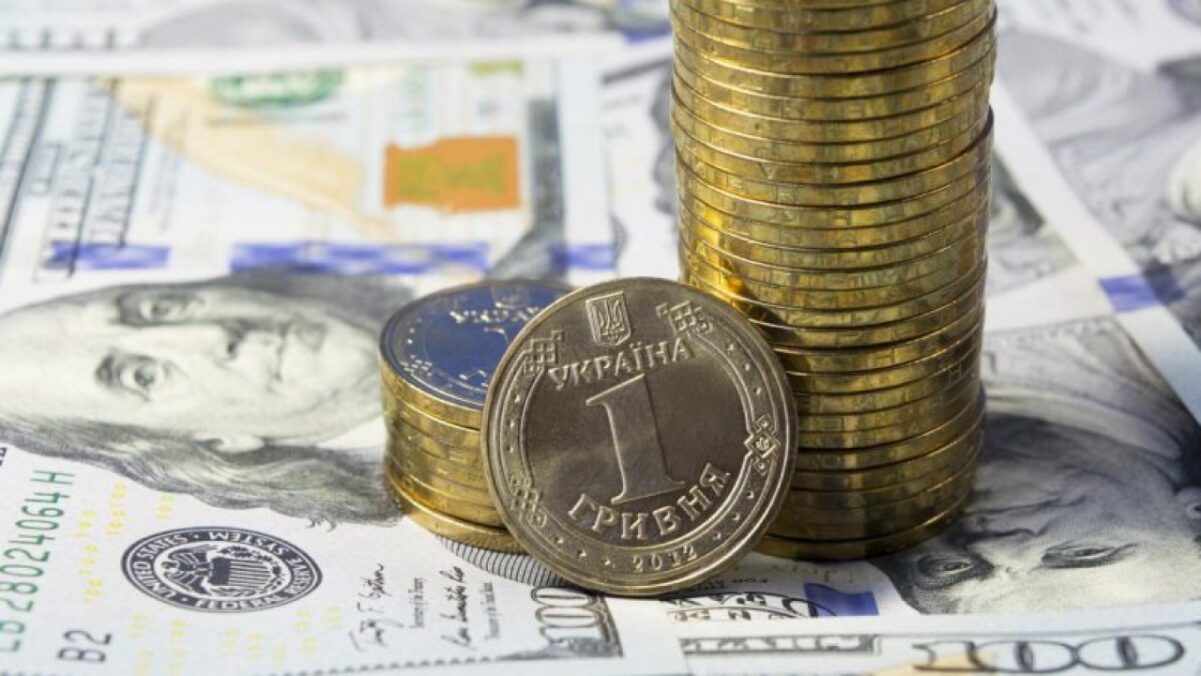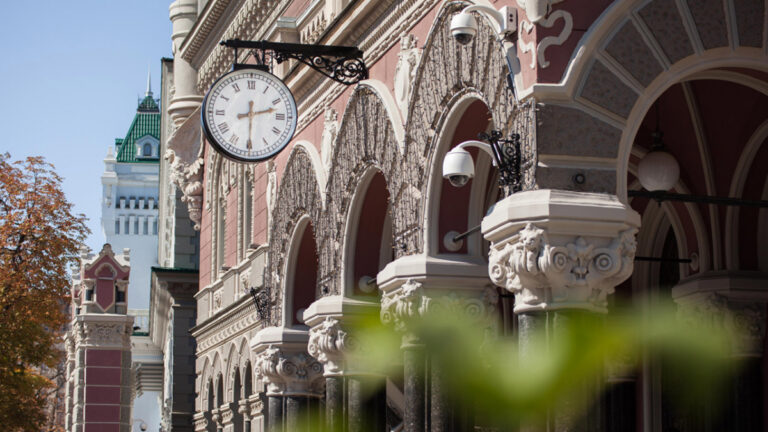
Ukraine’s Economy in August 2025: How It’s Holding Up During the War
August 2025 marks another half-year of full-scale war and, at the same time, provides an answer to the question that has loomed since the beginning: can Ukraine’s economy sustain pressure without collapse, yet without breakthrough? The answer is yes. But the cost of this resilience grows by the day.
In its latest public analysis, the National Bank of Ukraine (NBU) acknowledges that despite a slow recovery, the war continues to suppress key sectors, reduce productivity, and make uncertainty the central macroeconomic risk.
Russian aggression is not only a humanitarian disaster but also a structural barrier to Ukraine’s economy. Air strikes target manufacturing sites, logistics hubs, and gas infrastructure. According to the NBU, domestic gas production has declined, while imports have increased, pushing energy costs up and independence further out of reach.
Migration continues, albeit more moderately than in 2022. As of July, more than 5.6 million Ukrainians remain outside the country. This causes a chronic labor shortage, exacerbated by mobilization and the long-term departure of qualified workers.
Climate added more pressure: spring frosts and summer droughts hurt harvest expectations. While yields will be higher than last year, they still fall below earlier projections a worrying trend for the second year in a row.
Despite all this, the NBU reports: real GDP has grown by 1% per quarter. That’s not recession. That’s slow recovery, driven not by internal productivity but by external financial aid.
$54 Billion in Aid: A Financial Cushion That Can’t Last
The most critical factor holding Ukraine’s economy together in 2025 is international support, which the NBU describes as record-breaking. By year’s end, Ukraine is expected to receive $54 billion in external aid. These funds cover the budget deficit, military needs, pensions, healthcare salaries, and even allow the government to form a reserve for 2026.
Importantly, this is not just humanitarian or military support. Without it, the state budget would lack the capacity to function. Although the electricity supply situation is much more stable this year helping industry and infrastructure economic resilience still hinges on external financing.
“International support is the defining factor behind current macroeconomic stability,” the NBU states.
Labor Market: From Shortage to a War for Workers
The war has deeply impacted the labor market. Mobilization, migration, and the departure of millions of women and young people have created a shortage of available workers. And those who remain are becoming more expensive.
“Businesses cite the shortage of qualified workers as one of their most pressing challenges,” says the NBU.
This labor shortage continues to drive up wages, although the pace has slowed. The slight relief comes from businesses increasingly hiring veterans, older adults, and students. Still, the personnel shortage will persist for years, and once postwar reconstruction begins, demand for labor will only grow.
Inflation: Less Panic, More Manual Control
In July 2025, inflation dropped to 14.1% year-over-year. It’s still high, but the trajectory is downward. Several key factors have helped:
- A fresh supply of crops, particularly vegetables and grains,
- Fixed utility rates for gas, heat, and electricity,
- A stable exchange rate, tightly managed by the NBU.
The central bank forecasts that by the end of the year, inflation will fall below 10%, and by 2026 below 7%. In 2027, inflation is expected to return to the NBU’s target of 5%. Business and consumer expectations are aligned with these forecasts.
Post List
Preserving Savings: 15.5% Rate, Bank Deposits, and Government Bonds
The NBU is holding its key interest rate at 15.5%, encouraging high deposit returns. Most banks offer 13-16% annual interest on 3-12-month hryvnia deposits (about 10-12% after taxes).
A strong alternative is government bonds (OVDPs), offering 14-18% annual returns tax-free. These are among the most reliable ways to preserve the value of savings in national currency during wartime.
Revised Forecasts: Cautious Growth, Widening Deficit
In July 2025, the NBU revised its macroeconomic forecast mostly downward:
- Real GDP: for 2025 – 2.1% (down 1 pp), 2026 – 2.3%, 2027 – 2.8%.
- Inflation: 2025 – 9.7%, 2026 – 6.6%, 2027 – 5%.
- Budget deficit: 2025 – 22% of GDP, 2026 – 18.8%, 2027 – 12%.
Nominal GDP projections have slightly improved, but this is largely the result of inflationary expansion, not real economic strength.
As a financial analyst, I’ll say it plainly: the system is working, but only because of international support. Without it, Ukraine’s current economic model would not survive. The economy in 2025 is a carefully constructed structure stable but externally scaffolded.
Domestic productivity is constrained by war, resource scarcity, and demographic collapse. What growth there is, comes not from organic momentum but from a tightly managed aid-dependent engine.
And this, too, is temporary. If the war continues for another 2-3 years without major structural reform or significant postwar investment, Ukraine will face a frozen stability a state where collapse is avoided, but progress is stalled.
Today, Ukraine’s economy stands because others are holding it up. It must learn to stand on its own. That may prove to be an even harder challenge than reclaiming its territory.















